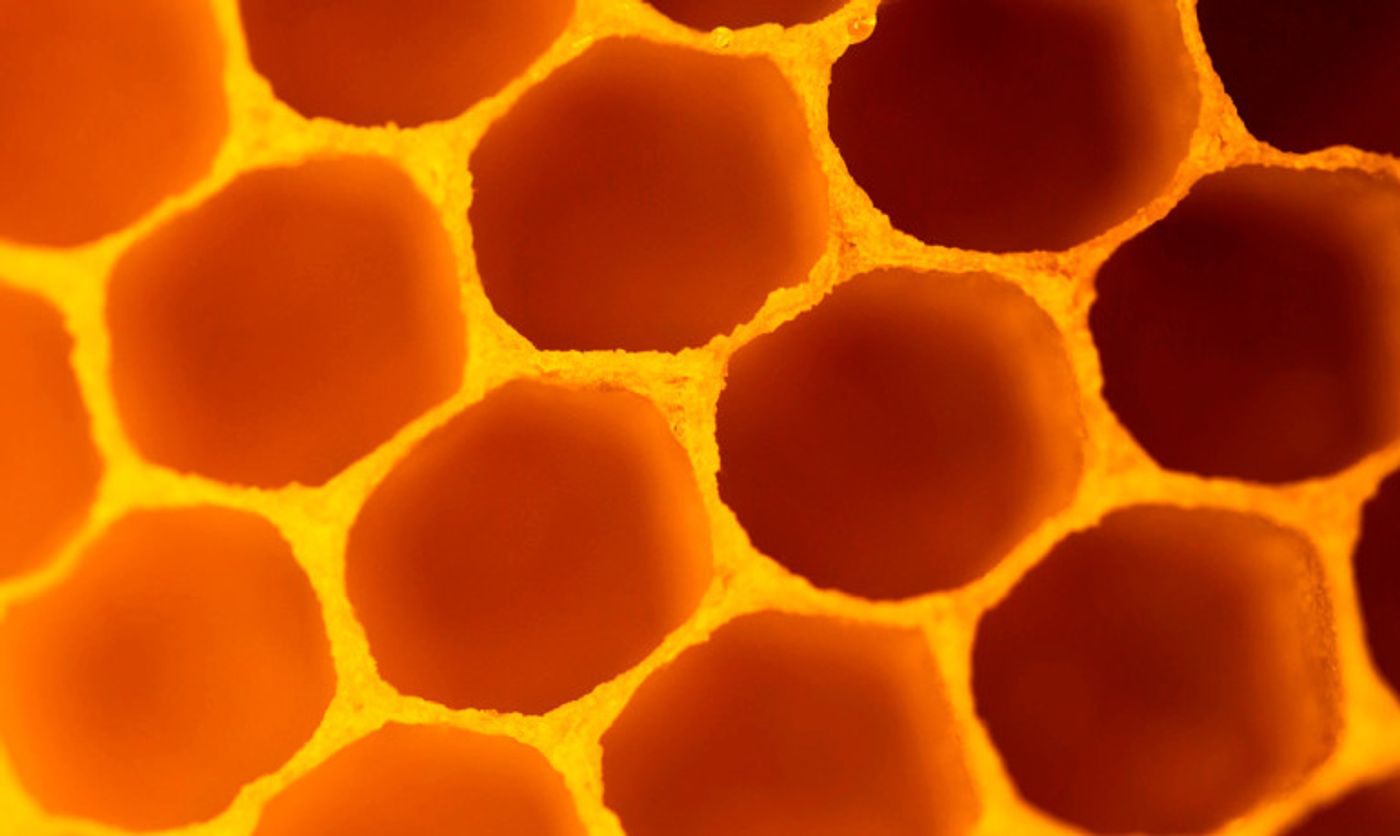‘Honeycomb' for gene transfer kills fewer cells
Scientists have created a new and highly efficient method for gene transfer. The technique, which involves culturing and transfecting cells with genetic material on an array of carbon nanotubes, appears to overcome the limitations of other gene editing technologies.

“This platform holds the potential to make the gene transfer process more robust and decrease toxic effects, while increasing amount and diversity of genetic cargo we can deliver into cells,” says Ian Dickerson, an associate professor in the neuroscience department at the University of Rochester Medical Center and coauthor of the paper in the journal Small.
“This represents a very simple, inexpensive, and efficient process that is well-tolerated by cells and can successfully deliver DNA into tens of thousands of cells simultaneously,” says coauthor Michael Schrlau, an assistant professor in the Kate Gleason College of Engineering at RIT.
Gene transfer therapies have long held great promise in medicine. New gene editing techniques, such as CRISPR-Cas9, now enable researchers to precisely target segments of genetic code giving rise to a range of potential scientific and medical applications from fixing genetic defects, to manipulating stem cells, to reengineering immune cells to fight infection and cancer.
Scientists currently employ several different methods to insert new genetic instructions into cells, including creating small holes in the cell membrane using electrical pulses, injecting DNA into cells using a device called a “gene gun,” and employing viruses to “infect” cells with new genetic code.
However, all of these methods tend to suffer from two fundamental problems. First, these processes can be highly toxic, leaving scientists with too few healthy cells to work with. And second, these methods are restricted in the amount of genetic information—or “payload”—they can deliver into the cells, limiting their application. These techniques can also be time consuming and expensive.
Masoud Golshadi, first author of the paper, fabricated the new device in the Schrlau Nano-Bio Interface Laboratory at RIT. Using a process called chemical vapor deposition, the researchers created a structure akin to a honeycomb consisting of millions of densely packed carbo nanotubes with openings on both sides of a thin disk shaped membrane.
Researchers in the Dickerson Lab at at the University of Rochester employed the device to culture a series of different human and animal cells. After 48 hours, the cells were bathed in a medium that contained liquid DNA. The carbon nanotubes acted as conduits drawing the genetic material into the cells. Using this method, the researchers observed that 98 percent of the cells survived and 85 percent were successfully transfected with the new genetic material.
The mechanism of DNA transfer is still under investigation, but the researchers suspect it may be via a process called enhanced endocytosis, a method by which cells transfer bundles of proteins back and forth through the cell membrane.
The device has also shown the ability to successfully culture a wide range of cell types, including cells that are typically difficult to grow and keep alive, such as immune cells, stem cells, and neurons.
The researchers are now optimizing the technology in hopes that the device—which is inexpensive to produce—can be made available to researchers and, ultimately, used to develop new treatments for a range of diseases.
Funding from the Schmitt Program on Integrative Brain Research, the American-German Partnership to Advance Biomedical and Energy Applications of Nanocarbon, Texas Instruments, the Feinberg Foundation, and the Weizmann Institute of Science supported the work.
Source: University of Rochester
This article was originally published on futurity.org.








